Exploring the Spectrum: Understanding Different Categories of Honey
Most of the time, the most used Honey Category is produced in liquid form. But, honey is also sold in some other forms, and these can be put through different kinds of processing methods.
Chunk Honey
This is comb honey that has liquid honey poured around it. It's usually packed in wide-mouthed containers that typically have one or more comb honey pieces.
Creamed Honey
This honey is made using 1 part of finely granulated honey with 9 parts of liquid honey. This honey mixture is then stored at approximately 57 degrees, until it's very firm. The processing produces a honey that has a very smooth, spreadable consistency. It is also called spun honey, whipped honey, churned honey, honey fondant, and in the United Kingdom, it's called set honey. It has large numbers of small crystals, that stop larger crystals from forming, which can often occur in some types of unprocessed honey.
Crystallized Honey
This has a glucose content that has spontaneously crystallized, usually from a monohydrate solution. This type is also called candied honey or granulated honey. Warming this kind of honey can change it back into a liquid state.
Dried Honey
All of the moisture is removed from liquid honey in order to produce very solid, non-sticky granules. Sometimes this method uses some type of drying and/or anti-caking substances. Dried honey is often used to garnish various desserts.
Extracted Liquid Honey
The honey comb's wax cappings have been cut off, and the comb is put into an extractor, where a strong centrifugal force removes the honey from the cells.
Filtered Honey
This type has been filtered to the degree that most or all of the pollen grains, fine particles, air bubbles, or any other material usually found in honey, has been taken out.
The process generally heats honey up to 150-170 degrees Fahrenheit, so it can easily move through the filter. This honey is really clear, and won't crystallize very quickly, which makes it popular with many grocery stores.
Honeycomb, Comb Honey or Cut-Comb Honey
This honey is straight from the hive and it's still in the natural beeswax comb. Traditional collection methods use standard wood frames. After the frames have been collected, large chunks of the comb are cut out before packaging.
Modern methods use plastic cartridges or rings so manual cutting is not needed and this speeds up the packaging process.
Pasteurized Honey
It has been heated in the pasteurization process that requires temperatures of 161 degrees Fahrenheit or higher. The pasteurization process will destroy yeast cells, and will liquefy any microcrystals that are in the honey, which will delay crystallization.
Excessive heat can degrade the product. Heat can also darken the honey's natural color, as well as change its flavor and fragrance.
Raw Honey
This is obtained by extraction, straining or settling, and no heat is used. Some honey which has been processed minimally is frequently referred to as raw honey.
This honey does contain some pollen, and may also have small wax particles. Many allergy sufferers use local raw honey instead of sugar, because the pollen impurities are believed to reduce hay fever symptoms.
Strained Honey
This type of honey is put through some type of mesh material in order to remove some particles, such as wax, and a resin-like material called propolis. This process will not remove nutritional minerals, enzymes or pollen.
Ultrasonicated Honey
It's processed by ultrasonication which is a non-thermal procedure. When honey is subjected to ultrasonication, it destroys the majority of yeast cells.
The cells that survive usually lose their capability to grow, and this lowers the fermentation rate of honey significantly.
Ultrasonication can also eliminate crystals, and prevent further crystallization. This process works at lower temperatures, around 95 degrees Fahrenheit, and it reduces liquefaction time to 30 seconds or less.
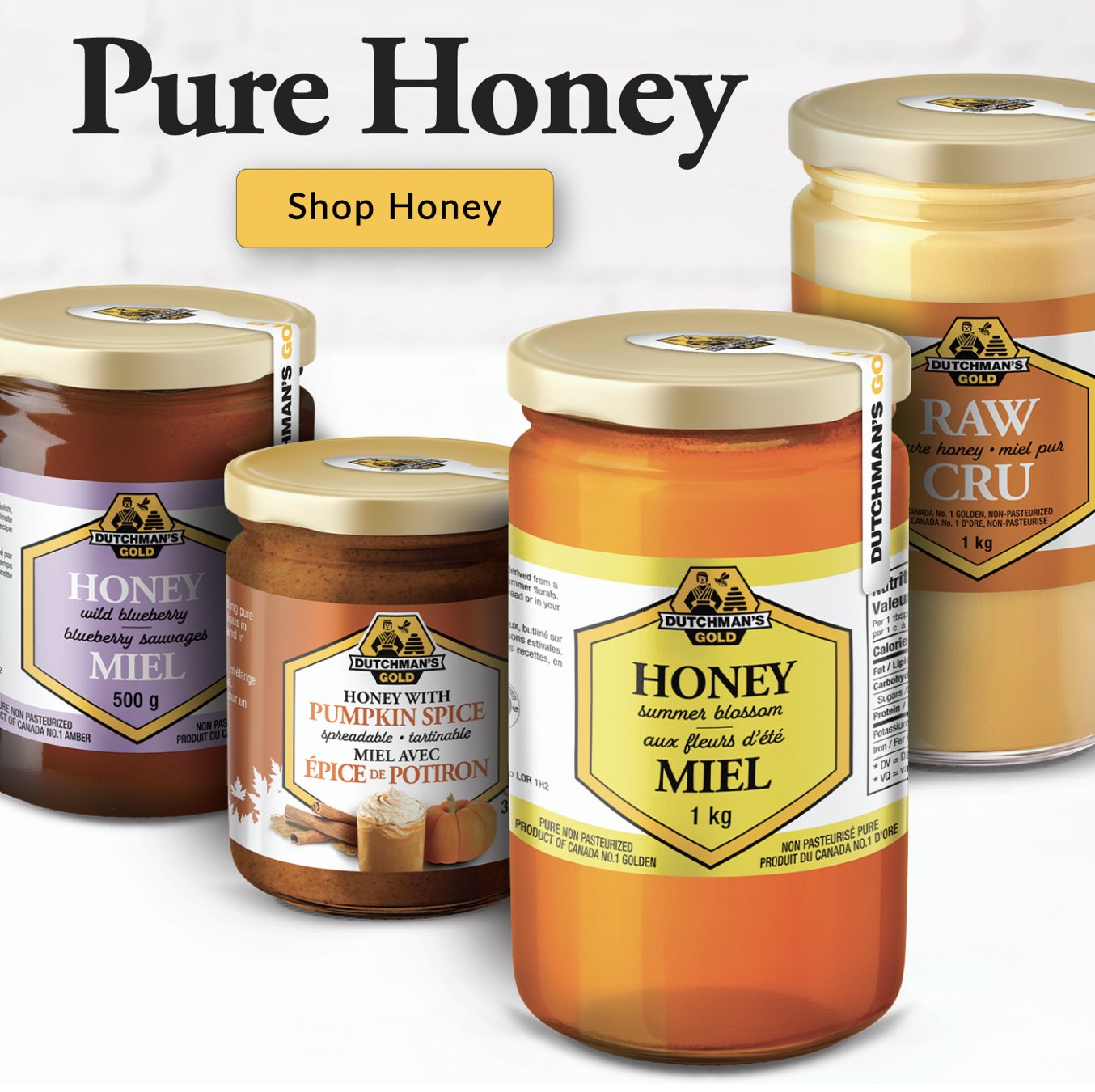
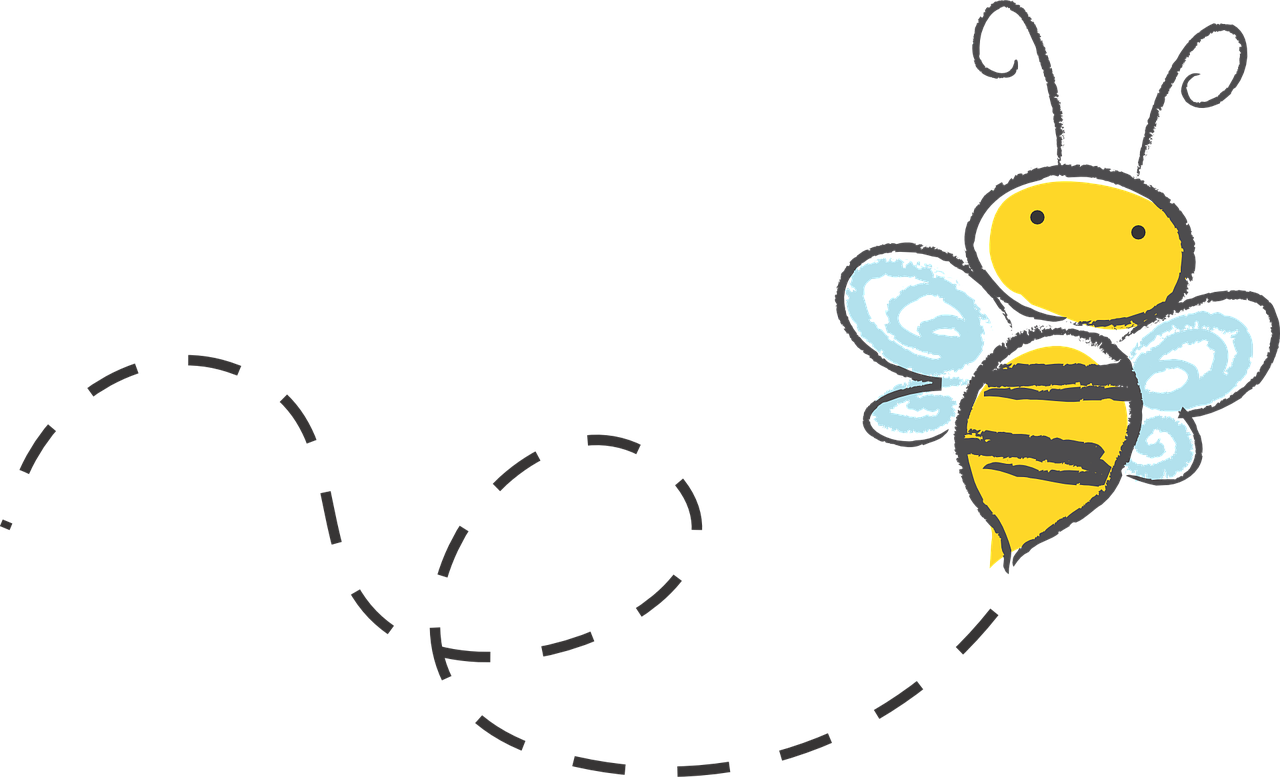
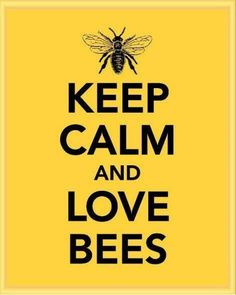
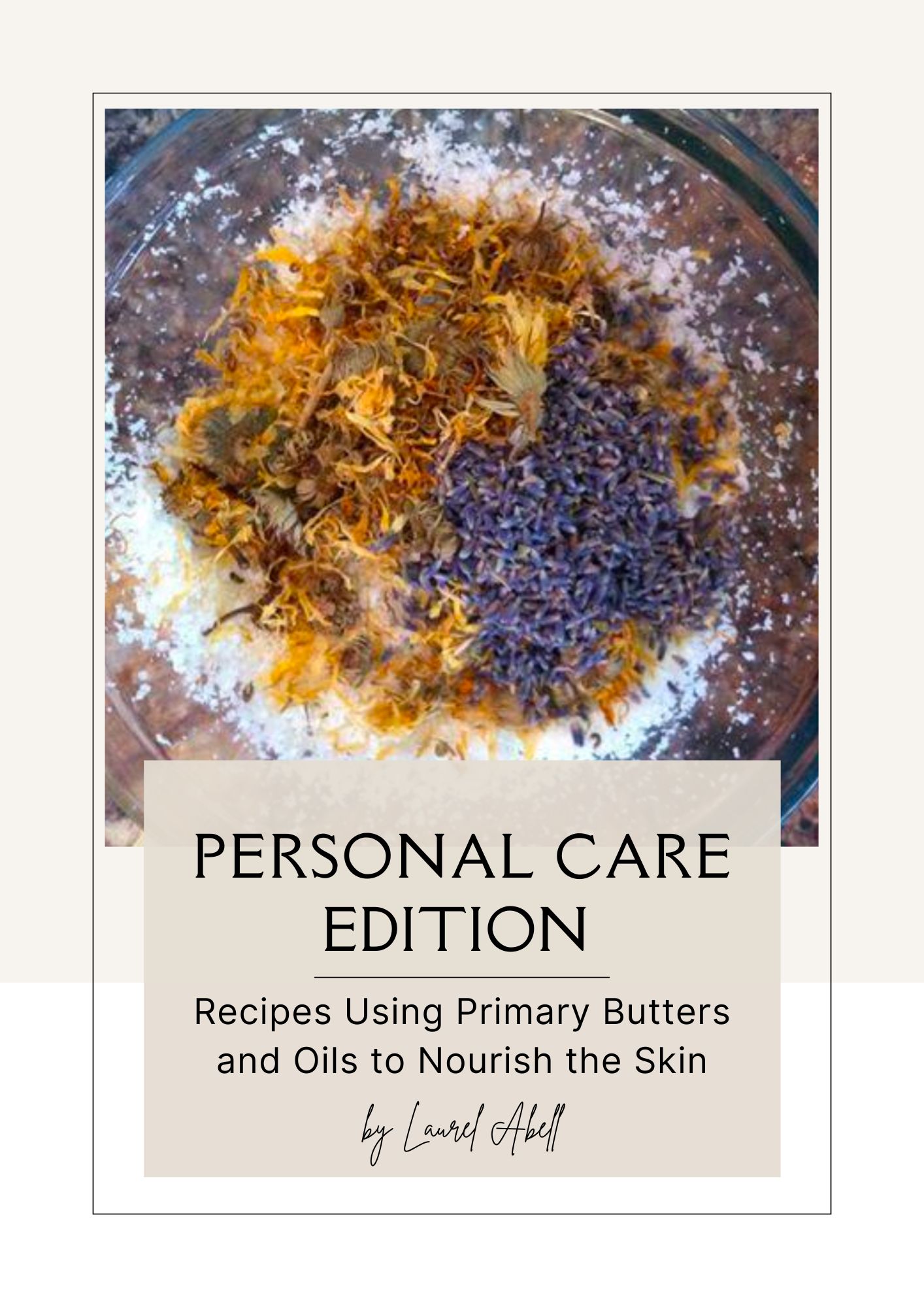
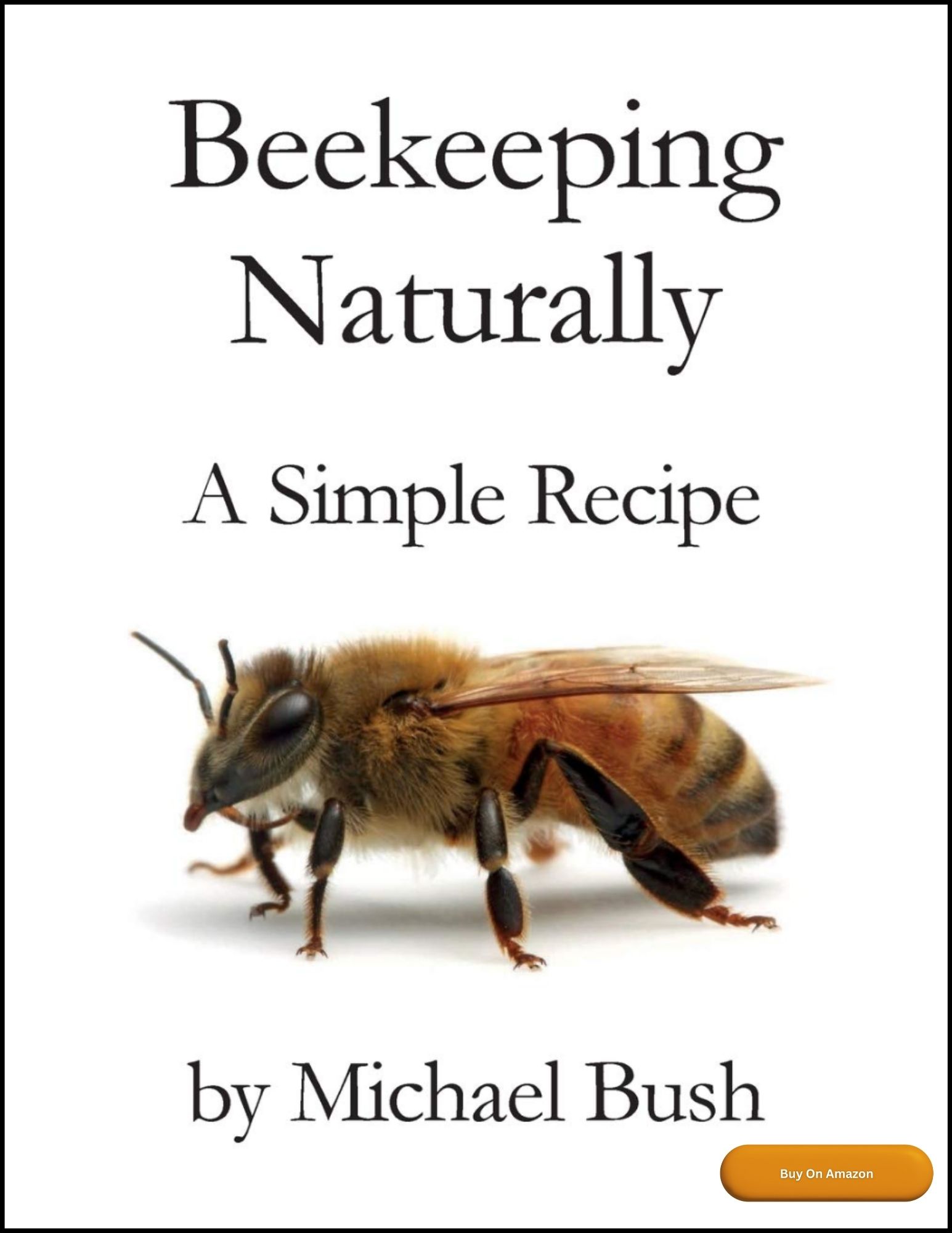
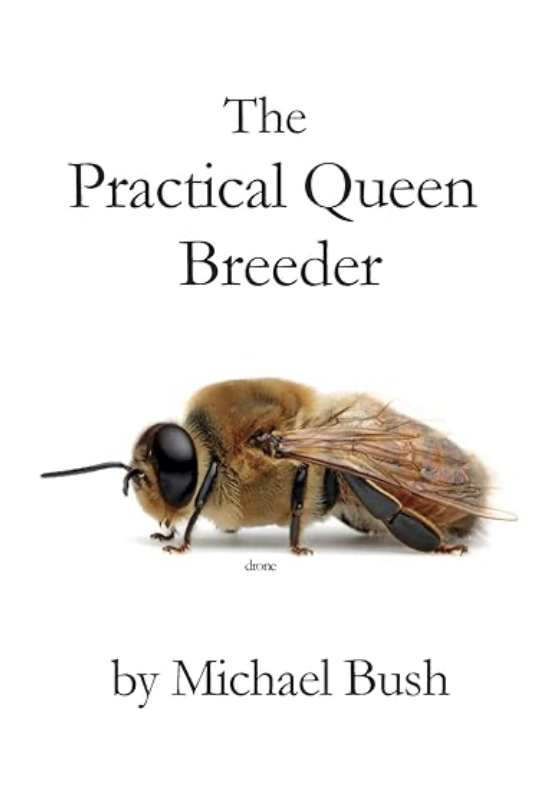
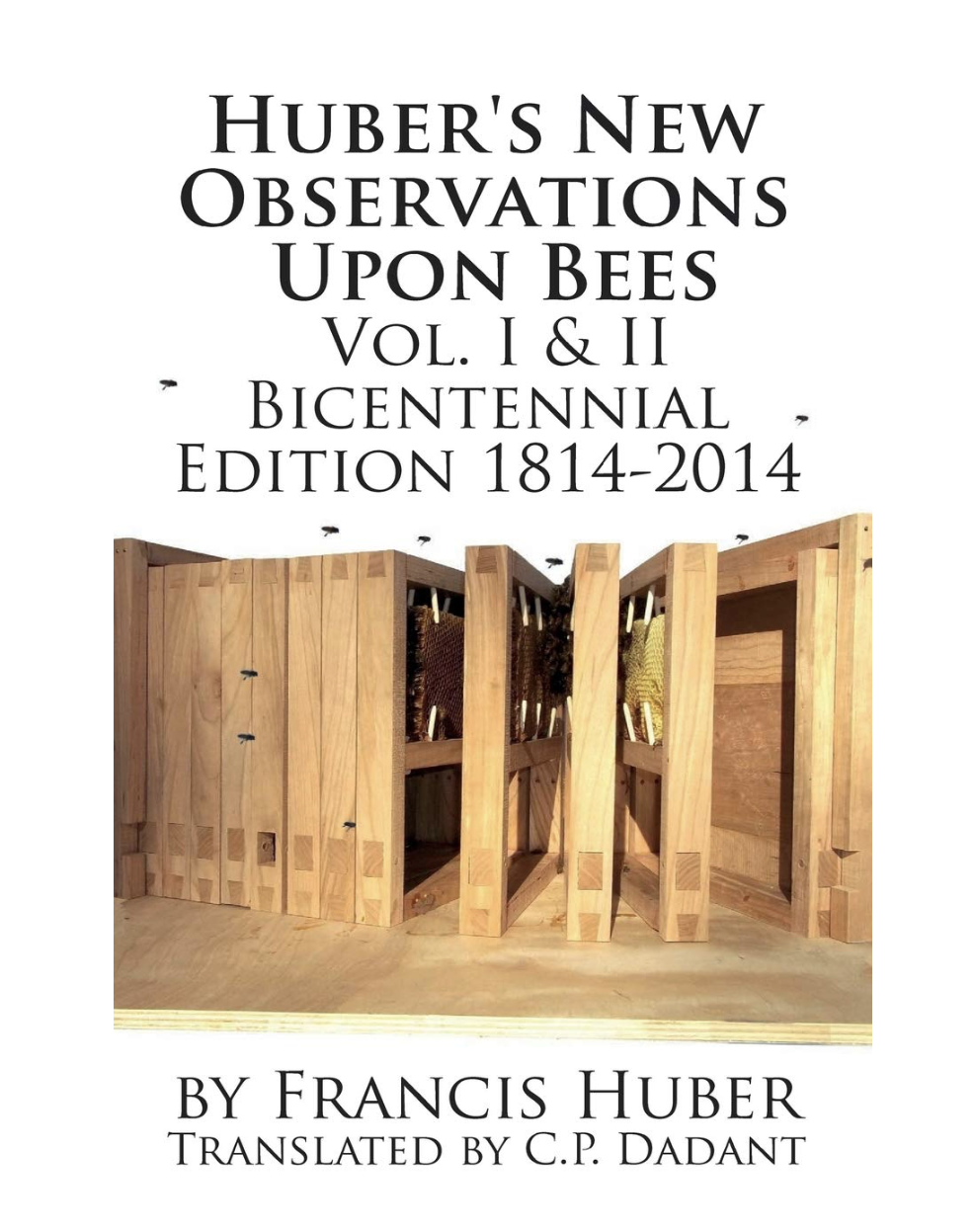
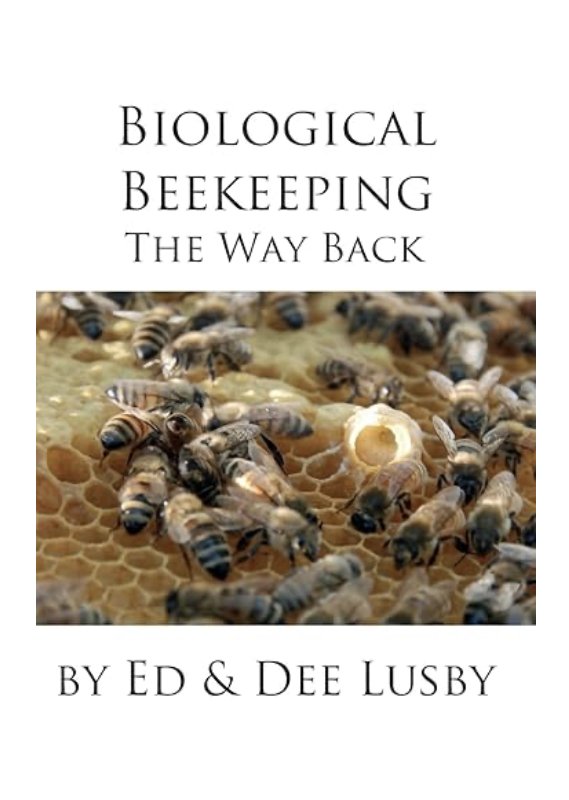

New! Comments
Have your say about what you just read! Leave me a comment in the box below.